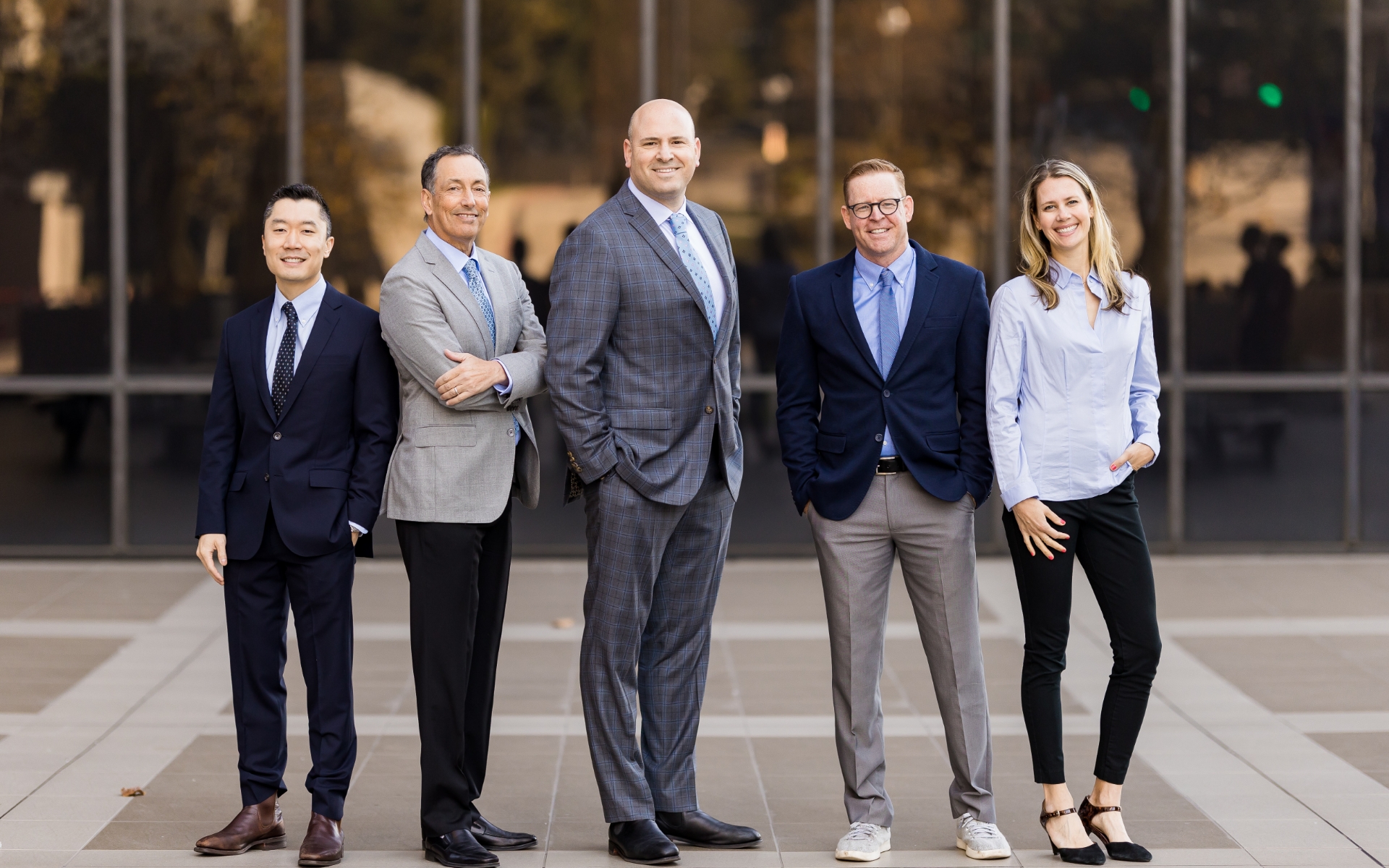If you’ve been told you aren’t a candidate for traditional dental implants due to severe upper bone loss, zygomatic dental implants may provide the solution you’ve been waiting for. Unlike conventional implants that anchor into the maxilla, these longer implants are secured into the cheekbone, offering stability even when bone grafts or sinus lifts have failed or aren’t possible.
At LACOMS, our board-certified oral and maxillofacial surgeons are among the few specialists in Los Angeles trained in this advanced technique. With decades of combined experience and proven results, we’ve helped patients regain function, confidence, and a natural-looking smile through zygomatic implants.
Take the next step toward restoring your smile — schedule your personalized zygomatic implant consultation at the Los Angeles Center for Oral and Maxillofacial Surgery today.
What Are Zygomatic Dental Implants?

Zygomatic dental implants are a specialized type of dental implant designed for patients who lack the bone volume in the upper jaw to support traditional implants. Instead of anchoring in the maxillary bone (upper jaw), these longer implants are secured into the zygomatic bone, the dense bone of the cheek.
How They Differ From Traditional Dental Implants
- Conventional dental implants are placed into the maxilla or mandible.
- Zygomatic implants are significantly longer (30–55 mm) and angled into the cheekbone for support.
- This allows stability even in cases of advanced bone resorption.
Maxillary Bone
The maxillary bone plays a key role in supporting traditional dental implants. However, when significant bone resorption has occurred, often alongside changes in the maxillary sinus, it may not provide enough support. In these cases, patients are typically told they need a sinus lift or bone graft before conventional dental implants can be placed.
Zygomatic dental implants work by bypassing these limitations entirely by anchoring into the zygomatic bone, avoiding additional surgeries and offering a faster path to fixed teeth.
A Solution for Severe Bone Loss Without Bone Grafting
Because they bypass the weakened jawbone, zygomatic dental implants eliminate the need for bone grafts or sinus lift surgeries. This shortens treatment timelines and helps patients avoid multiple surgeries.
Why Choose Zygomatic Implants?
Benefits Over Other Treatment Options
- Avoids bone grafting and sinus lifts
- Shorter overall treatment time
- Immediate loading (fixed teeth are often placed the same day)
- Restores chewing, speaking, and confidence
- Prevents facial collapse due to bone loss
Success Rates and Long-Term Outcomes
Studies show zygomatic implants have a 96%+ survival rate after 12 years, making them nearly as reliable as traditional dental implants. When placed by experienced surgeons, long-term function and aesthetics are excellent.
Am I a Candidate for Zygomatic Dental Implants?
Common Indications (Severe Bone Loss, Failed Sinus Lifts, Previous Implant Failures)
You may be a candidate if you:
- Have severe upper jawbone loss
- Experienced in failed bone grafts or sinus lifts
- Had failed traditional dental implants
- Require reconstruction after facial trauma, tumor removal, or congenital conditions
- Are missing all teeth in the upper jaw (edentulous maxilla)
Who Should Avoid Zygomatic Dental Implants?
Patients with uncontrolled medical conditions, active sinus infections, or poor oral hygiene may not be ideal candidates. A full consultation with 3D imaging is necessary to determine eligibility.
The Zygomatic Implant Procedure Explained
Step-by-Step Surgical Process
- Consultation & Imaging – CBCT 3D scans and digital planning
- Surgery – Placement of one or more zygomatic implants, often combined with anterior implants
- Immediate Loading – Many patients receive a temporary fixed bridge the same day
- Final Restoration – After healing, the final custom bridge or prosthesis is placed
Recovery Timeline and What to Expect
- Mild swelling or bruising for a few days
- Most patients resume normal activities within 1–2 weeks
- Soft diet recommended during healing
- Long-term healing (osseointegration) occurs over several months
Does the Surgery Hurt?
Thanks to IV sedation and anesthesia, most patients sleep comfortably through the painless procedure. Post-operative discomfort is typically mild and managed with standard medications.
Cost of Zygomatic Implants
Does Insurance Cover Zygomatic Implants?
Some insurance providers may cover part of the treatment if it’s considered medically necessary. Coverage varies, and our dental implant treatment coordinators assist with maximizing benefits.
Comparing Costs: Zygomatic vs. Traditional Implants with Bone Grafts
While zygomatic implants may cost more initially, they often eliminate the need for multiple surgeries (bone grafts, sinus lifts), making them more cost-effective long-term. Patients also benefit from faster treatment and fewer procedures.
Why Choose LACOMS for Zygomatic Dental Implants?
Our Team of Expert Oral & Maxillofacial Surgeons
LACOMS surgeons are board-certified experts with decades of combined experience in complex oral surgery, including zygomatic implant surgery.
Advanced Technology and Surgical Precision
We use Joint Commission–accredited facilities, 3D imaging, and virtual surgical planning to ensure accuracy, safety, and optimal outcomes.
Patient Success Stories and Case Examples
From patients with complete bone loss to those who experienced failed implant treatments elsewhere, LACOMS has successfully restored function and aesthetics with zygomatic implants.
Case Examples of Zygomatic Implant Treatment
Rehabilitation of Severe Bone Loss With Four Zygomatic Implants
Patients with severely resorbed maxillae can be treated using the Quad Zygoma technique, restoring a full upper arch without bone grafting.
Restoring Smiles After Failed Implant Treatments
For patients whose conventional implants or sinus lifts have failed, zygomatic implants provide a reliable alternative.
Educational Insights From Brånemark System Zygoma
The original Brånemark research established zygoma implants as a safe, evidence-based treatment with proven long-term outcomes.
Frequently Asked Questions About Zygomatic Implants
How Long Do Zygomatic Implants Last?
When properly cared for, zygomatic implants can last a lifetime. Studies confirm survival rates over 96% after 12 years.
What If I Develop an Infection or Abscess?
Prompt treatment and regular follow-ups are essential. Our surgeons closely monitor healing and provide comprehensive aftercare.
Can Zygomatic Implants Damage Facial Nerves?
Nerve-related complications are rare and typically temporary. Advanced imaging and expert surgical planning at LACOMS help minimize this risk.
Can They Be Placed in a Single Day?
Yes. In many cases, patients leave oral surgery with immediately fixed teeth, avoiding the wait associated with grafting.
Are There Any Risks With Zygomatic Implant Surgery?
Like any oral surgery, risks exist. The most common is sinusitis, but using an extrasinus approach and thorough pre-surgical planning helps minimize it. Rare complications may include temporary nerve changes, oroantral fistula, or orbital perforation. With expert surgical care, these risks are significantly reduced.
Zygomatic Implants in Los Angeles & Southern California
Why Patients Travel to the Los Angeles Center for Oral and Maxillofacial Surgery for Care
As one of the few practices in Southern California offering zygomatic implants, patients travel across the United States to the Los Angeles Center for Oral and Maxillofacial Surgery for advanced expertise, world-class facilities, and outstanding results.
Serving Santa Monica, Beverly Hills, and Beyond
We proudly treat patients from across Los Angeles and surrounding areas, including Beverly Hills, Santa Monica, Culver City, Brentwood, Palisades, Bel Air, and West LA.
To schedule a dental implants consultation, contact our office in Los Angeles at (310) 842-4811.
Additional Resources & Scientific References
Clinical Research and Treatment Guidelines
Davó R, Pons O. Eur J Oral Implantol. 2013
Esposito M, Worthington HV. Cochrane Database Syst Rev. 2013

